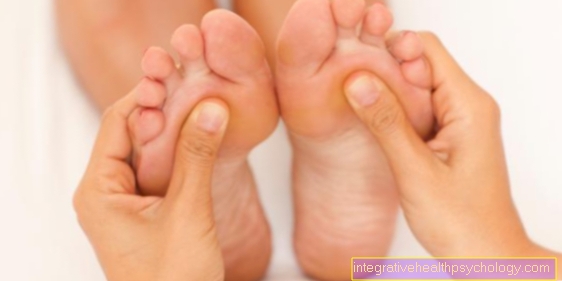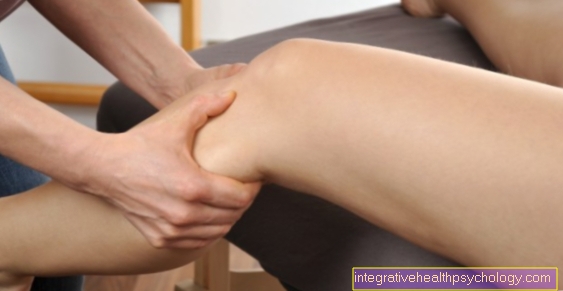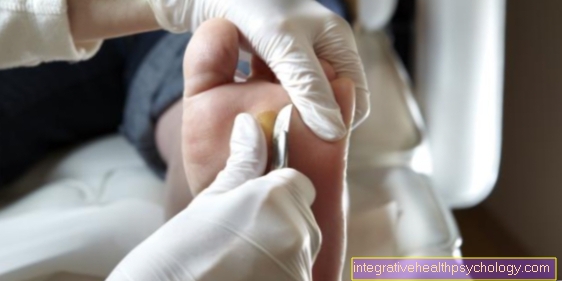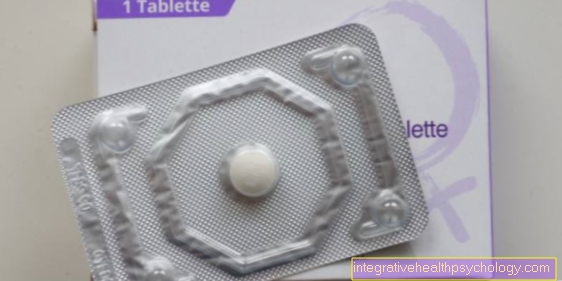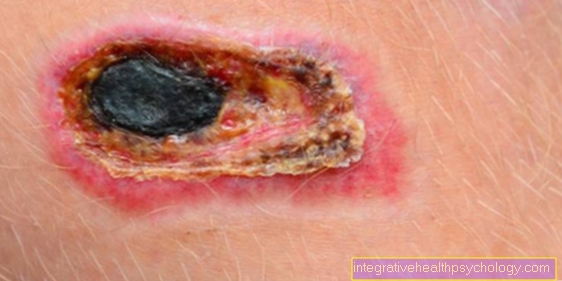Pulsatilla
German term
Pasque Flower
Use of Pulsatilla for the following diseases in homeopathy
- Disorders in the hormonal balance
- General inclination to Inflammation of the mucous membranes
- Inflammation of the stomach lining
- Varicose veins on the legs
- Swelling of the lower legs
- Muscle and joint rheumatism
Use of Pulsatilla for the following symptoms / complaints
- Irregular, intermittent or very strong Menstrual bleeding (due to disorders in the hormonal balance)
- sticky taste in the mouth
- Thirstlessness
- Pressure and feeling of fullness for a long time after meals (fat and fatty meat and ice cream are not tolerated)
- Tendency to vomit
- Tongue dry and covered
- Tendency to have cold feet, which are often the cause of illness
- rheumatism: tearing, exciting, piercing and often changing location
Good to know
All complaints improve with exercise and in the open air, worse with rest and warmth, despite the tendency to be chilly.
Blonde, fair-skinned women with blue eyes respond particularly well Pulsatilla.
Are affected
women who are often despondent, inconsistent, prone to depression and tearfulness. They are moody, sensitive, childlike with often imagined illness.
Active organs
- Central nervous system (CNS)
- uterus and Ovaries
- Pituitary gland
- Gastrointestinal tract
- liver and Gallbladder
- all mucous membranes
- Portal vein and peripheral nervous system
- Muscles
- Joints
Usual dosage
Common:
- Drops and tablets Pulsatilla D2, D3, D4, D6
- Ampoules Pulsatilla D4, D6, D10, D12 and higher
Note
Prescription up to and including D3



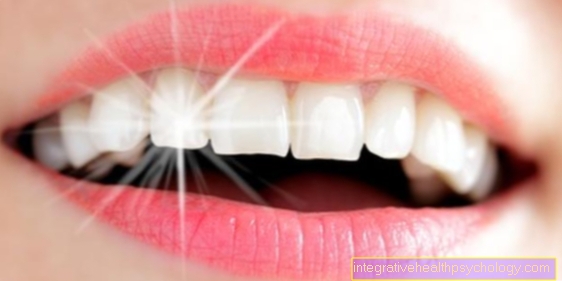

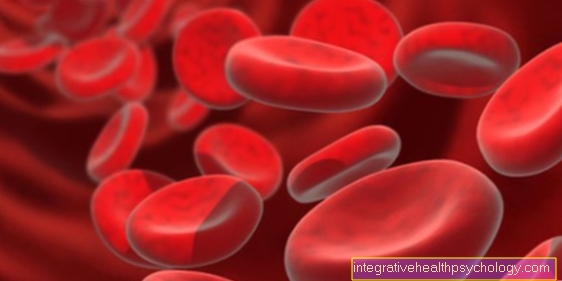







.jpg)
